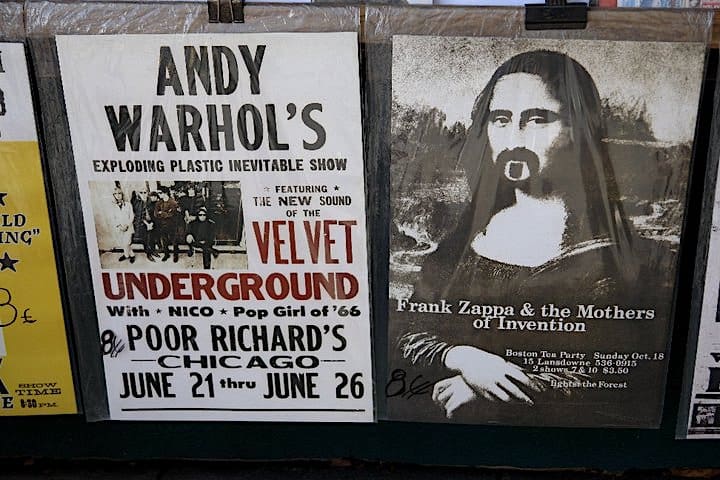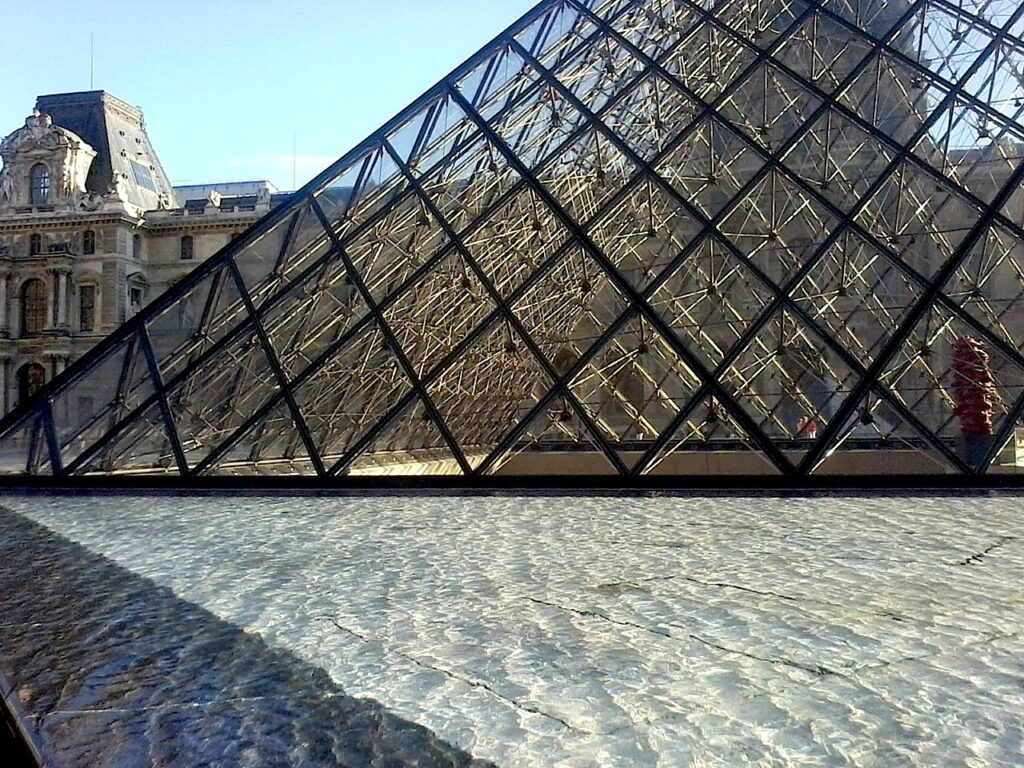Written by: Ljiljana Maletin Vojvodić //
A few days ago, actually, on January 28th, two climate activists, members of the group „Riposte alimentaire“ („Food Response“), poured the contents of a canned soup on the most famous exhibit of the world’s most renowned art museum. Thanks to the bulletproof glass, which has been protecting Leonardo’s painting since 1950, the Mona Lisa was not damaged, and the footage of their action in the Louvre appeared on YouTube.

The protesters were later arrested, and in the footage, they can be heard demanding the right to „healthy and sustainable food.“ Museum staff is seen hastily raising protective panels in front of the painting, and visitors are leaving the room while still taking photos. They used the global attention the Mona Lisa attracts to draw attention to their activism because, according to statistics, the Louvre receives around ten million visitors annually.
The Mona Lisa has been subject to attacks before; the most recent incident occurred in 2022 when an unknown man disguised as an elderly woman in a wheelchair threw a piece of cake at her. The cake remnants ended up on the bulletproof glass, and the photos went viral on social media.
The question arises: why is this particular work by Leonardo, created between 1503 and 1519 while he lived in Florence and exhibited in the Louvre since 1804, so celebrated and quoted in contemporary art and pop culture? Recall that Marcel Duchamp drew a moustache on her, Salvador Dalí created his Self Portrait as Mona Lisa in 1954, referencing L.H.O.O.Q. in collaboration with Philippe Halsman, incorporating his photographs of a wild-eyed Dalí showing his handlebar moustache and a handful of coins, and Andy Warhol produced a series of prints inspired by the Mona Lisa.


In front of the Mona Lisa, those attempting to take a selfie with the painting were already jostling. Only later, in the photos, they would notice someone else’s hand in the frame or an unfamiliar face. Yet, the Mona Lisa, then as well as today, remained distant and untouchable behind its bulletproof glass, guarded by uniformed protectors.

I remember how, after that visit to the Louvre, I wasn’t thinking about the Mona Lisa but about Veronese’s Wedding at Cana. A painting that could be argued is the most unloved in the world. This oil on canvas, cut by Napoleon’s soldiers from a monastery wall, is one of the paintings that, despite being one of the largest museum paintings in the Louvre, visitors simply do not notice as they constantly turn their backs on it. The reason is that it is exhibited opposite—the Mona Lisa.
The question remains why Mona Lisa’s smile is more mysterious than, for example, the smile of the lady with an ermine, so much so that scientists are willing to dig through Renaissance tombs searching for DNA analyses to confirm that it was indeed Lisa Gherardini del Giocondo who posed for Leonardo. Allegedly, during those years, she sat motionless before Leonardo in a sumptuously decorated room draped in brocade, while her companion, Madonna Lucrezia, entertained them by playing the lute and reciting Petrarchan sonnets. Over time, new interpretations have emerged, claiming that Mona Lisa’s figure hides an unnamed ideal woman, that it is a portrait of Leonardo’s lover Salai, that Mona Lisa mysteriously smiles because she is pregnant or because she has no teeth, that the painting is Leonardo’s self-portrait because his image is hidden in the woman’s face, that Mona Lisa’s face schizophrenically disintegrates into an angelic and demonic side, and that Mona Lisa is an allegorical representation of the Christian church.
However, perhaps the allure of the Mona Lisa is not hidden in the image at all. Maybe, as paradoxical as it may sound, the essence lies precisely in those unbearable tourists who try to take a selfie in front of the painting.

Leave a Reply